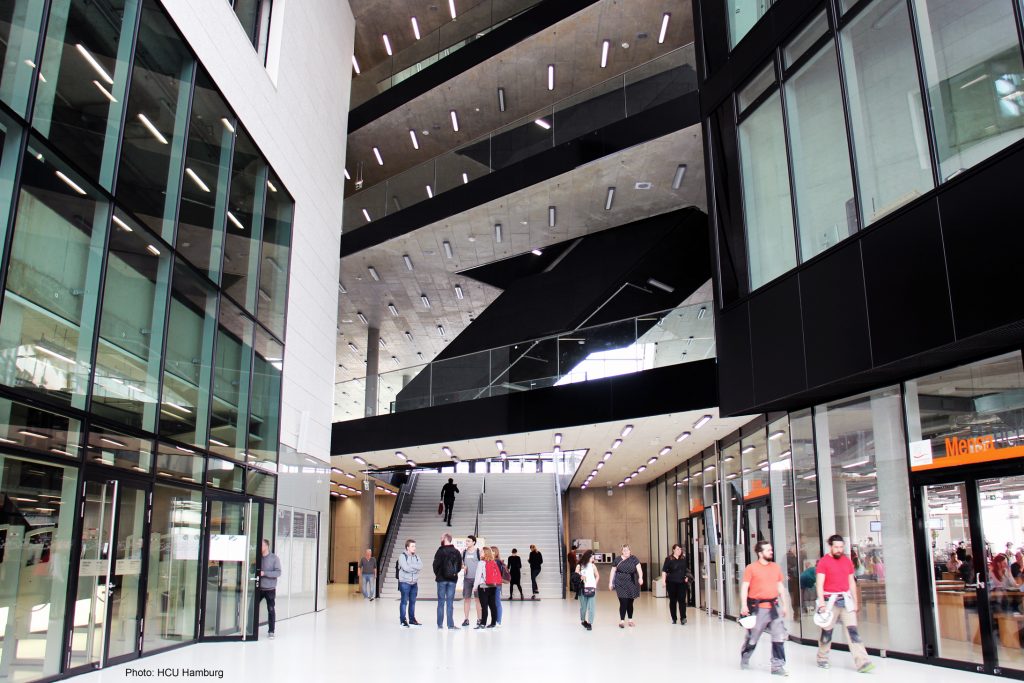
GUEST ARTICLE: Breathe easier to accomplish better results
Throughout the many different issues of 2022, such as COVID-19, the subject of indoor air quality (IAQ) has continued to be an important area of discussion. In particular, educational institutions have long been known for having poor indoor air quality, impacting student performance and productivity, as well as their mental and physical health. Erik Boyter, CEO at WindowMaster, writes the following article…
“Additionally, studies show that it isn’t just students that suffer, it can also affect teachers and their ability to communicate with their pupils, hindering the level of information absorbed which can impact exam results.
A recent survey, which was detailed in the Air Quality in UK Classrooms Report, found that more than three-quarters of teachers from 133 schools across the UK felt that pupils’ capacity to concentrate, along with teachers’ ability to conduct lessons was affected by poor air quality. Teachers also believe that it has a direct link to pupils’ productivity and drops in grades achieved.
Though poor air quality is a problem, soaring energy prices are impacting budgets when it comes to improving ventilation. Yet as we head into the winter, the need for smart and efficient ventilation is greater than ever – not just in schools but in colleges and businesses alike.
Time to be HVAC Free?
Fortunately, there are intelligent, natural ventilation solutions available for specifiers and building managers looking to enhance IAQ as well as aid in the carbon reduction of school buildings, whether it be new-build or retrofit.
Whilst mechanical HVAC systems can be effective in supplying fresh air to rooms and buildings, the subject of climate change is placing more emphasis on sustainable alternatives, such as natural ventilation. With a considerably lower carbon footprint than a mechanical equivalent, it can provide cost benefits, including being easier to maintain, without a drop in performance.
What’s also undeniable is that this approach is gathering momentum among specifiers, especially for commercial and public spaces where setting strict green criteria is now, routinely, a component of the design brief.

Progressive airflow
For more than a decade, these systems have been refined to be competitive with their mechanical equivalents on a level playing field. In fact, when notably taking into account carbon and monetary costs, they are readily continuing to exceed them in performance.
This was made possible by the quick development of AI technology, which has fundamentally altered the natural ventilation market and elevated it to compete alongside mechanical variations within the HVAC industry.
Furthermore, these systems are more sophisticated than simply installing an air purifier, they can connect to building management systems (BMS) for exact monitoring and precise control. This regulates the flow of fresh air, not recycled air, providing ideal ventilation that lowers CO2 instead of increasing it.
With state school finances being stretched due to rising energy costs, the savings made by switching to natural ventilation and phasing out high-emission mechanical systems permanently would be beneficial.
Or, at the very least, reducing their influence in a hybrid model will allow for funding to be better allocated elsewhere.
Teamwork brings success
Natural ventilation shouldn’t be specified in isolation; in fact, optimal performance is a given when integrated with other green features and approaches, which is designed to holistically provide comfort and enhance the well-being of occupants. For instance, greater thermal performance can be reached without the aid of mechanical help when applied in tandem with a fabric-first approach. This will also be extremely beneficial to schools across the country in the wake of hiking energy prices.
More schools are now being planned and constructed to low carbon requirements as Net-Zero goals become a necessity. The Eco-Schools Program serves as a shining example, where teachers and students alike are emphasising environmental protection, by taking a lead on increasing awareness around local and global issues surrounding sustainability. Thereby making a difference in their school, local community, and beyond.
This will ultimately lead to specification choices being altered, which will lead to a rise in passive and natural fixtures, fittings, and finishes to create indoor spaces specified to prioritise occupant safety and the surrounding environment.”
Latest news

22nd November 2024
Insight Data: Using Marketing Data to Build a Successful Business in 2025
Alex Tremlett, Insight Data’s Commercial Director, discusses the challenges for construction firms in 2025 and shares six strategies for success…
Posted in Articles, Building Industry News, Building Services, Information Technology, news, Research & Materials Testing
22nd November 2024
Purplex: A tough Budget, but opportunity still knocks
Incoming governments, especially those with significant mandates, inevitably come into power on a tidal wave of optimism coupled with hope that ‘Things can only get better’. Andrew Scott, MD of construction-focused, full-service agency Purplex, talks…
Posted in Articles, Building Industry News, Building Services, Information Technology, news, Posts, Research & Materials Testing
22nd November 2024
Pop Up Power Supplies Gets Arty in Yorkshire
Pop Up Power Supplies has installed 13 new electricity units at The Hepworth Wakefield – read more in this article…
Posted in Articles, Building Industry News, Building Products & Structures, Building Services, Case Studies, Civil Engineering, Facility Management & Building Services, Garden, Hard Landscaping & Walkways, Landscaping, Posts, Restoration & Refurbishment, Retrofit & Renovation
22nd November 2024
OPT Services Revolutionises Fibre Cable Capping with Eco-Friendly Innovation
UK-based OPT Services has unveiled SlimLine™ Capping, a groundbreaking fibre cable protection solution that promises to deliver significant environmental and installation advantages to the fibre optic industry.
Posted in Articles, Building Industry News, Building Products & Structures, Building Services, Facility Management & Building Services, Information Technology, Innovations & New Products, Sustainability & Energy Efficiency
 Sign up:
Sign up: